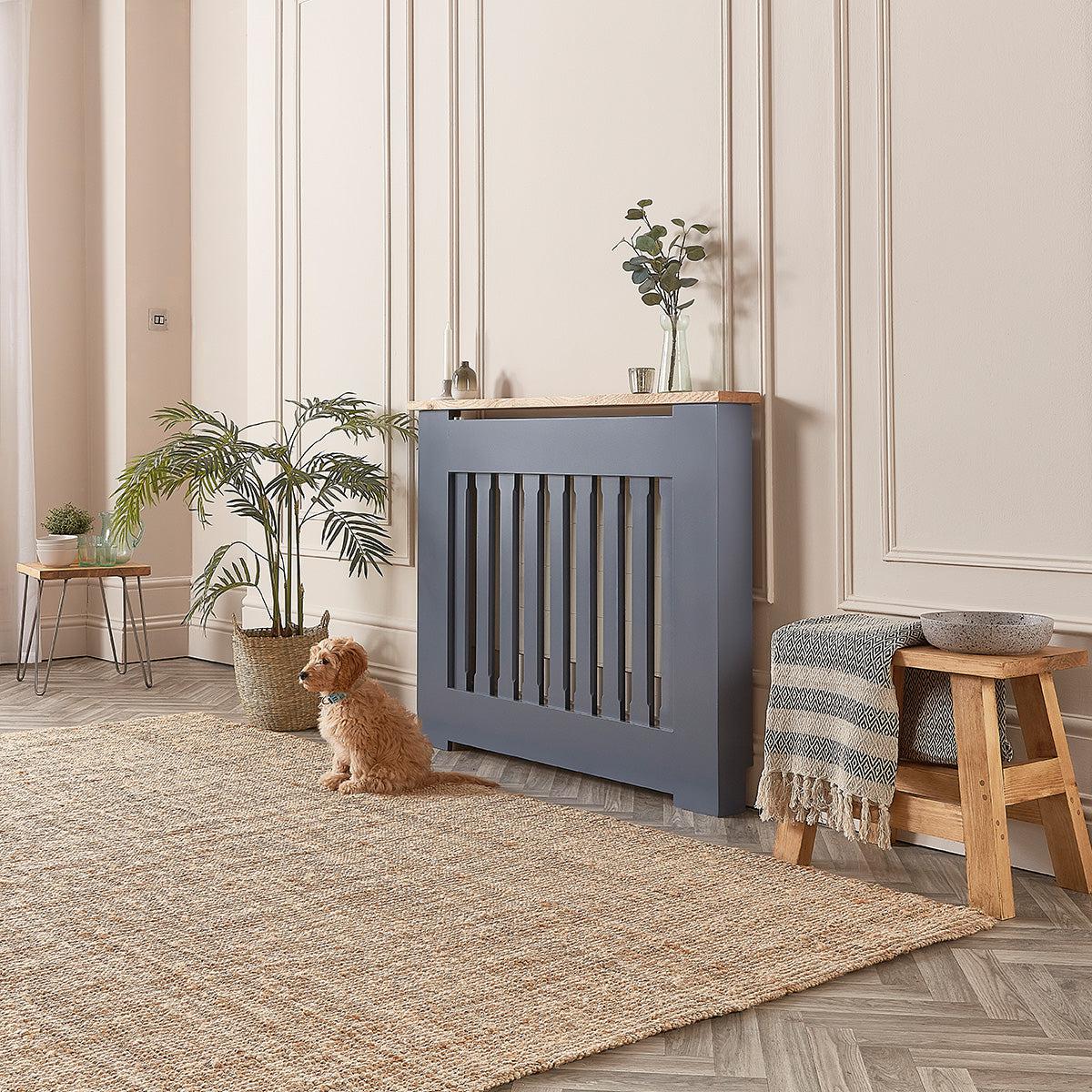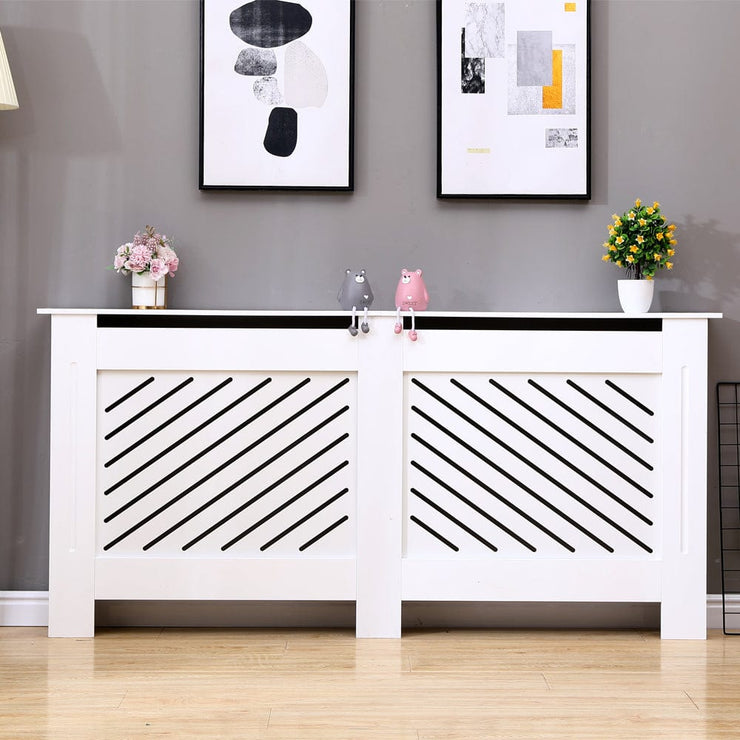Radiator Cover Solutions for Small and Big Areas
Radiator Cover Solutions for Small and Big Areas
Blog Article
Radiator Covers: Comprehending Materials, Layouts, and Advantages
Radiator covers serve both functional and aesthetic functions within a home, offering a variety of materials such as hardwood, mdf, and steel to match numerous layout preferences. Selecting the appropriate radiator cover involves understanding the subtleties of materials, layouts, and their connected benefits.
Kinds Of Materials


Wooden covers, frequently crafted from woods such as oak or maple, provide a classic, cozy appearance that enhances conventional interiors. Their resilience and ability to be discolored or painted contribute to their adaptability. Steel covers, typically made from steel or aluminum, are preferred for their toughness and contemporary look, typically featuring smooth lines that boost contemporary areas.
MDF, a made wood product, is preferred for its cost-effectiveness and convenience of customization. It can be painted or finished to match existing design while supplying a smooth surface area. Plastic covers, while much less common, are lightweight and immune to moisture, making them suitable for damp atmospheres.
Ultimately, the choice of product for a radiator cover ought to align with the home owner's design preferences, useful demands, and the specific atmosphere where the cover will certainly be installed. Each material offers a distinctive character, ensuring that there is an alternative to match every taste and setting.
Popular Design Styles
Emphasizing visual allure, preferred style styles for radiator covers mirror a variety of preferences and interior decoration fads. Standard designs often feature elaborate woodwork and elaborate describing, making them appropriate for vintage-inspired or traditional interiors. These covers commonly integrate sculpted components, providing a warm and welcoming feeling to any space.
In contrast, contemporary layouts focus on minimalist aesthetic appeals, identified by tidy lines and underrated elegance. Materials such as steel or streamlined wood with a smooth coating are typically used, permitting these covers to blend effortlessly right into contemporary areas. Industrial styles, on the various other hand, accept raw materials like exposed steel and concrete, including a bold declaration to loft or city setups.
For those seeking an one-of-a-kind touch, bespoke designs use modification choices that provide to private choices, making it possible for property owners to choose colors, patterns, and materials that match their decoration. In addition, farmhouse-style covers incorporate rustic aspects, including distressed timber and basic kinds that evoke a comfortable, country charm.
Benefits of Radiator Covers
Radiator covers not only enhance the aesthetic allure of an area but additionally provide a number of practical benefits that make them a beneficial addition to any kind of home. One of the primary benefits is security, especially in homes with family pets or youngsters. Covers lower the danger of burns from warm radiator here are the findings surface areas, making certain a much safer setting.
Furthermore, radiator covers can enhance power effectiveness. By guiding warm right into the area as opposed to allowing it to leave, they assist maintain a consistent temperature level, reducing heating prices with time. This is especially advantageous in older homes where radiator systems might be less effective.
One more noteworthy benefit is noise reduction. Radiators can occasionally produce undesirable noises throughout procedure, and covers can aid smother these sounds, adding to an extra peaceful space. look what i found Radiator covers can be functional, giving added storage space or display screen room, thereby making the most of the utility of often-overlooked areas.
Last but not least, they can secure radiators from dust and particles, which can prevent performance and rise upkeep requirements. With these combined advantages, radiator covers become a useful remedy for enhancing both the capability and design of any type of home atmosphere.
Installation Considerations
Installing radiator covers needs cautious consideration to ensure both performance and safety and security (Radiator cover). Analyze the dimensions of your radiator and the surrounding room to guarantee a correct fit. Precise dimensions are essential; an uncomfortable cover can block warm flow or produce safety and security risks
Next, examine the product of the cover. While timber uses aesthetic appeal, steel options may give much better resilience and warmth resistance. Think about the weight of the cover as well; heavier covers may call for extra support or supports to stay clear of drooping or damage with time.
Air flow is one more vital facet. Covers have to feature ample airflow to stop overheating and preserve efficient home heating. Try to find styles with slats or perforations that enable heat to circulate without blockage.
Additionally, guarantee that the cover is securely mounted to avoid accidents, specifically in homes with pet dogs or kids. Radiator cover. It's suggested to follow the supplier's setup standards carefully and, if necessary, consult a specialist for intricate installments
Upkeep and Treatment Tips
Appropriate maintenance of radiator covers is essential for guaranteeing their longevity and optimal efficiency. For painted or wood covers, consider an appropriate polish or protective finish to keep their look.
Evaluate the covers periodically for signs of wear or damages, such as cracks or peeling paint. Attending to these problems quickly can prevent additional deterioration. Make certain that the covers are securely secured and examine for any loosened screws or fittings, as vibrations from the radiator can loosen them with time.
In colder months, avoid positioning heavy items or attractive items on top of the radiator covers, as this can hamper warmth circulation and cause unnecessary anxiety to the structure. Think about seasonal upkeep by removing the covers for detailed cleaning and examination during warmer months when the useful content heating system is non-active. Embracing these basic care pointers will improve the performance and visual appeal of your radiator covers, guaranteeing they offer their function properly for several years to come.

Verdict
In summary, radiator covers act as practical and aesthetic enhancements to domestic areas. The diverse variety of products, consisting of woods, metal, MDF, and plastic, permits placement with various style styles such as typical, modern, commercial, and farmhouse. The benefits of these covers prolong beyond safety and security and power efficiency to include additional storage space and dust protection. Mindful factor to consider of setup and maintenance more makes certain the long life and effectiveness of radiator covers in any type of home atmosphere.
Radiator covers offer both aesthetic and practical objectives within a home, using a variety of materials such as hardwood, mdf, and steel to match different style preferences. Selecting the ideal radiator cover includes recognizing the nuances of materials, designs, and their connected benefits.Emphasizing aesthetic appeal, popular style styles for radiator covers mirror a range of tastes and interior design patterns.Radiator covers not just enhance the aesthetic appeal of a room however additionally offer several functional advantages that make them a worthwhile enhancement to any type of home. Consider the weight of the cover as well; larger covers may need extra assistance or supports to prevent drooping or damage over time.
Report this page